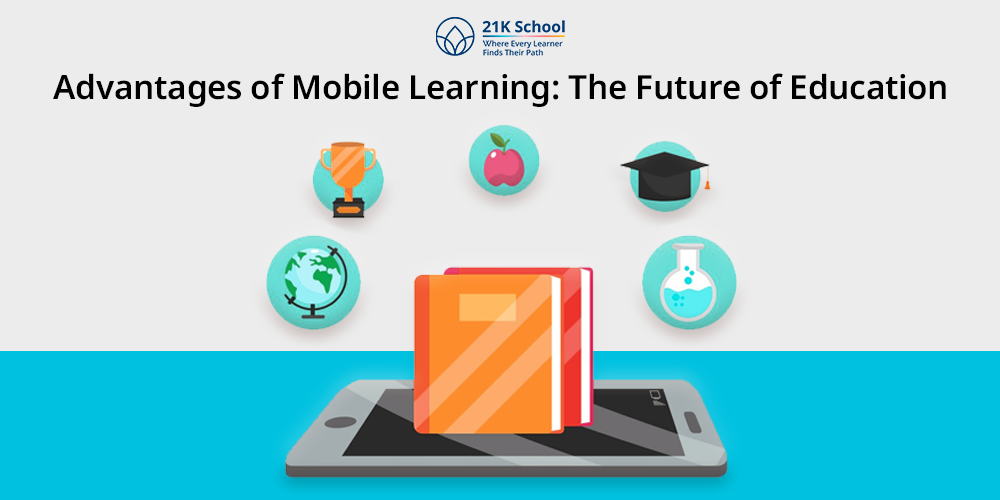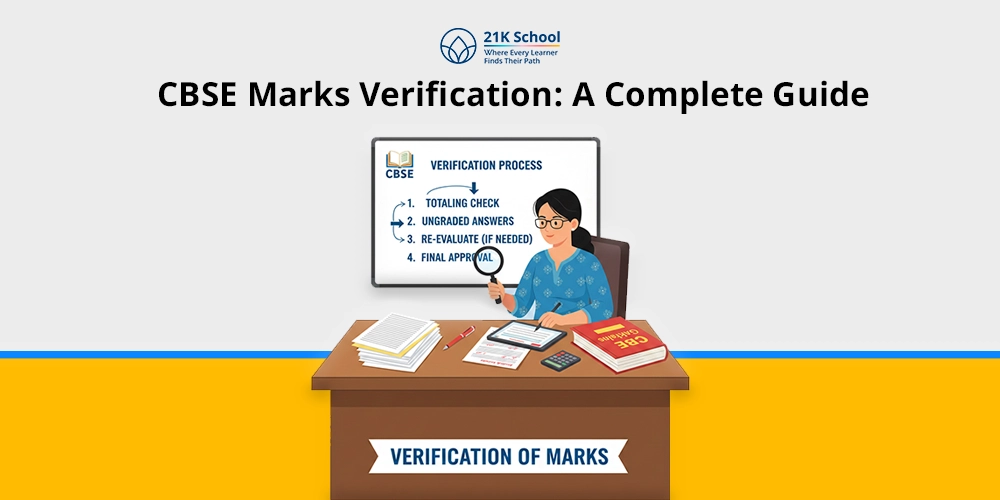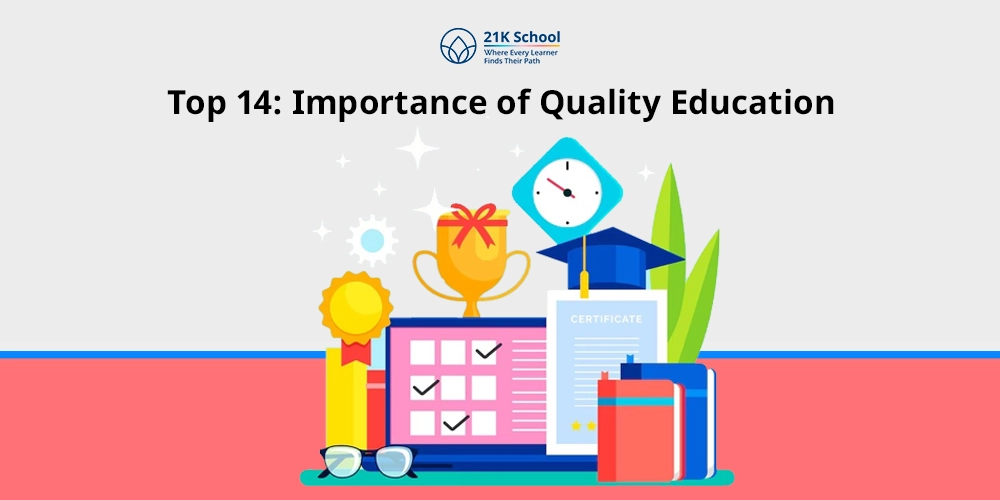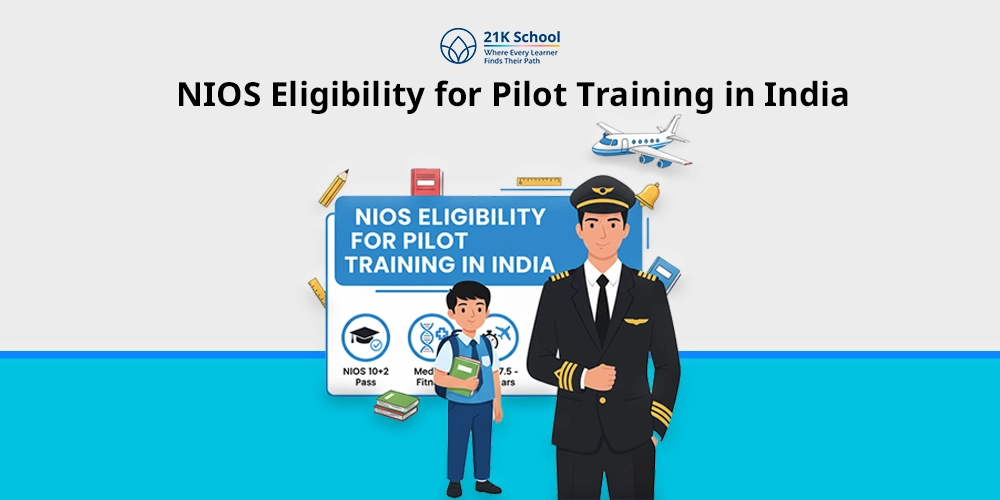
Imagine now you are able to learn anything you want, anytime and anywhere with just using your mobile phone. Sounds different right?
Gone are the days when learning was confined to the four walls of a classroom for learners and the rigid structure of traditional schooling does not give immense opportunity to grow big.
In the 21st century, mobile learning or m-learning is an emerging and powerful method to improve and personalized learning in the world.
With the increasing need of technology in education devices like smartphones, tablets and wireless internet ensures that learners are no longer required to attend physical classrooms.
Instead, they carry their positive learning environment which can be accessed anytime, anywhere free of cost. Mobile learning is an ideal approach to improve student engagement in the classroom.
In this blog we will discuss the concept of mobile learning, understand its various advantages and explore how it is reshaping the future of education in India for learners, facilitators and institutions worldwide.
Contents
- 1 What is Mobile Learning?
- 2 16 Advantages of Mobile Learning
- 2.1 1. Accessibility
- 2.2 2. Flexibility
- 2.3 3. Continuous Learning
- 2.4 4. Personalized Learning
- 2.5 5. Enhanced Motivation
- 2.6 6. Limited learning cost
- 2.7 7. Higher Completion Rates
- 2.8 8. Interactive Learning Sessions
- 2.9 9. Microlearning
- 2.10 10. Social Relation
- 2.11 11. Community Learning
- 2.12 12. Limiting Physical Distractions
- 2.13 13. Dynamic Teaching Methodologies
- 2.14 14. Enhanced Knowledge Retention
- 2.15 15. Global Collaboration
- 2.16 16. Improved Learning Results
- 3 Conclusion
What is Mobile Learning?
M-learning is a flexible method designed for learning in the 21st century. It offers anytime and anywhere learning using devices that most people carry with them.
Educational apps and mobile-optimized websites to podcasts, eBooks and real-time collaborative tools are common examples.
It is an ideal way to access training and educational content with the guidance of internet connection and internet based devices.
Explore, how the internet is beneficial for students .
16 Advantages of Mobile Learning
Mobile learning, an effective technique used by maximum individuals nowadays. It is needed in today’s competitive world and has a lot of advantages.
To know more about the advantages here’s some detailed information:
1. Accessibility
Mobile learning provides crucial advantages in accessibility in education by making it more flexible and convenient for learners.
Without breaking down geographical and time barriers learners can take the benefits of education . This caters to diverse learning needs and preferences.
2. Flexibility
While talking about m-learning, flexibility is an attractive point for learners.
It means individuals can decide when, where and how they want to study. This replaces traditional methodologies of learning to give flexible structure.
3. Continuous Learning
Due to various distractions from traditional education parents look for alternative options. And mlearning is the ideal way.
It pushes individuals for continuous learning and ensures they engage to fulfill daily tasks.
4. Personalized Learning
MAPL also known as Mobile Assistant Personalised Learning is a learning experience which fulfills learners needs with the help of mobile devices.
Facilitators and parents introduce this technology based education to make learning stress free.
It improves student engagement and offers a desired learning outcome.
5. Enhanced Motivation
Mobile learning or mLearning improves students’ motivation through personalized approach, engaging and flexible learning experiences.
For learners it is a convenience, accessibility and ability to deliver lessons in small-sized to make it easy to grab.
Variety of interactive formats helps in a more positive and enjoyable learning environment. This ultimately leads to increased engagement and knowledge retention.
6. Limited learning cost
The minimum learning investment is something that parents and families want and m-learning is an ideal method for it. It is a cost-effective method of learning for both institutions and individuals.
Due to reduced expenses on physical resources, travelling charges, infrastructure and the potential for wider reach and scalability it has become a price friendly approach.
7. Higher Completion Rates
Mobile learning can lead to higher completion rates. This is due to flexibility, accessibility and engaging nature.
Higher completion rates makes mLearning easier for learners to engage with and finish courses.
Students can explore content at their convenience, learning with quick breaks and receive personalized learning experiences.
8. Interactive Learning Sessions
Different types of learning sessions through mobile learning are interactive based. The capacity of mlearning is much higher and beneficial.
The session mainly includes quizzes, interactive discussions and debates with one motive, knowledge retention.
Using the technology is convenient and advantageous for dynamic learning .
9. Microlearning
Adding micro-learning in mlearning gives new experience to learners. From convenient learning to stress free surroundings.
Now one can break the big chunk/section of the chapter into small parts. It will help in retention power.
10. Social Relation
The impact of social relations in mobile learning is adverse. It promotes communication, interaction and a sense of community.
This way individuals learn how to share, manage and experience the positive connection building between them.
11. Community Learning
Community learning is not only built by real life interaction but also promoted via online education . Here, mobile learning plays its role.
It pushes learners to go digital and start community learning to increase the opportunities of future education.
12. Limiting Physical Distractions
There are a lot of kids distracted in the physical classroom. However, mlearning is a solution to the kind of people by limiting their physical distractions.
Now one can reduce visual and audio interruptions to get a dedicated time space ultimately environment to study.
13. Dynamic Teaching Methodologies
In mobile learning dynamic teaching methodology or techniques create a supportive environment for learners.
The approaches promote active participation through gamification continuous assessments and just-in-time learning.
14. Enhanced Knowledge Retention
Compared to traditional learning mlearning has high knowledge retention. This is due to its small and crisp content, multimedia elements and gamification.
Now students can engage in accessible, engaging and adaptable learning styles for knowledge retention.
15. Global Collaboration
Making new connections is always good to learn something new which is the main motive of global collaboration.
Connecting individuals from different countries, regions and cultures increases knowledge and trust.
This improves a sense of community, enhances knowledge sharing. It leads to more effective and inclusive learning outcomes on a global scale.
16. Improved Learning Results
Improved learning results is what mobile learning can significantly improve learning outcomes.
To increase knowledge retention and an effective learning experience mobile learning offers support via online platforms.
Conclusion
Mobile learning is not just an escape from traditional classrooms . It’s a transformative movement in the world of education.
It resolves various challenges of modern learners who crave for flexibility, engagement and personalization in learning.
In the 21st century the scope of educational technology revolutionarizing.
Adapting technology can support student success , mobile learning is the best example of that.
Mobile learning or mlearning is an ideal choice for kids to young adults who want a flexible environment while studying.
Include this methodology in child’s learning to see the extraordinary impact today.



